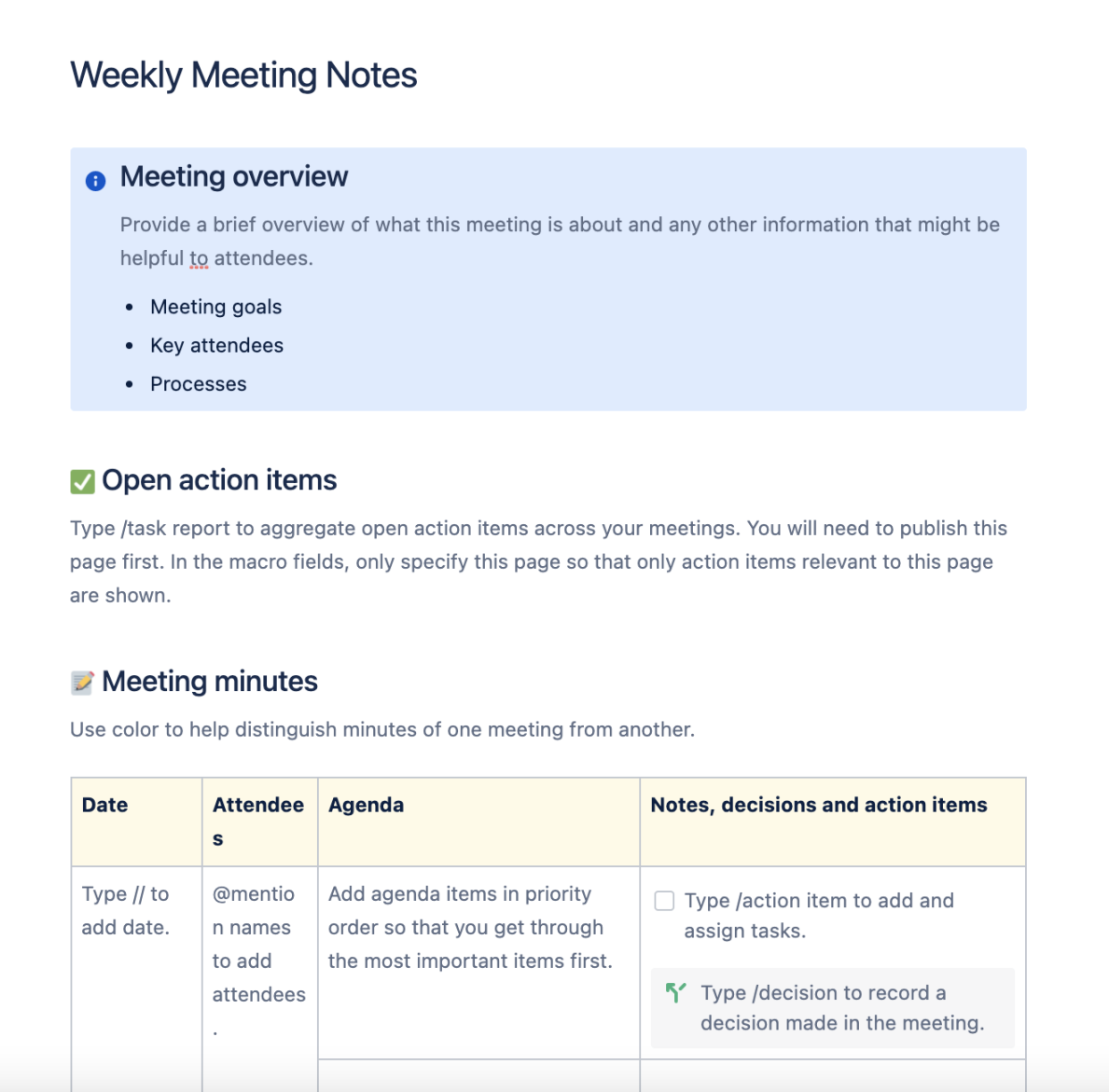A well-structured collaboration meeting Agenda is essential for effective teamwork and productivity. It serves as a roadmap, guiding the discussion and ensuring that all relevant topics are addressed. When creating a professional collaboration meeting agenda template, it’s crucial to prioritize clarity, organization, and visual appeal.
Essential Elements of a Collaboration Meeting Agenda Template

1. Meeting Title and Date: Clearly state the purpose of the meeting and the date it will be held. This information should be prominently displayed at the top of the template.
2. Meeting Time and Location: Specify the exact time and location of the meeting to avoid confusion and ensure timely attendance.
3. Attendees: List the names of all individuals who are expected to attend the meeting. This will help ensure that everyone is informed and prepared.
4. Meeting Objectives: Outline the specific goals or outcomes that the meeting aims to achieve. This will help keep the discussion focused and on track.
5. Agenda Items: Break down the meeting into a series of agenda items, each addressing a particular topic or issue. Number the items sequentially for easy reference.
6. Time Allocations: Estimate the amount of time that will be needed to discuss each agenda item. This will help manage the meeting’s pace and ensure that all topics are covered.
7. Action Items: Assign specific tasks or responsibilities to individuals or teams for follow-up after the meeting. This will help ensure that progress is made toward meeting objectives.
8. Next Steps: Outline any future actions or meetings that will be necessary to continue addressing the topics discussed.
Design Considerations for a Professional Collaboration Meeting Agenda Template
1. Layout and Formatting: Choose a clean and easy-to-read font and font size. Use consistent headings, subheadings, and bullet points to organize the information. Consider using a table or grid format to clearly display the agenda items and time allocations.
2. Branding: Incorporate your company’s branding elements, such as your logo, colors, and fonts, to create a cohesive and professional look.
3. White Space: Use ample white space to improve readability and create a visually appealing template. Avoid overcrowding the page with too much text.
4. Clarity and Conciseness: Write clear and concise language that is easy to understand. Avoid jargon or technical terms that may be unfamiliar to some attendees.
5. Accessibility: Ensure that the template is accessible to all attendees, including those with disabilities. Use a high-contrast color scheme and provide alternative text for any images.
Example Collaboration Meeting Agenda Template
Meeting Title: Weekly Team Meeting
Date: Tuesday, October 15, 2024
Time: 10:00 AM – 11:00 AM
Location: Conference Room A
Attendees: John Smith, Jane Doe, Emily Brown, David Lee
Meeting Objectives:
Review project progress
Agenda Items:
1. Project Updates (15 minutes)
2. Challenges and Solutions (20 minutes)
3. Next Steps (15 minutes)
Action Items:
John Smith will follow up with the client regarding Project A
Next Steps:
Weekly team meeting on Tuesday, October 22, 2024
Conclusion
A well-designed collaboration meeting agenda template is a valuable tool for effective teamwork and productivity. By following the guidelines outlined in this guide, you can create a professional and informative template that will help your team achieve its goals. Remember to prioritize clarity, organization, and visual appeal when designing your template.